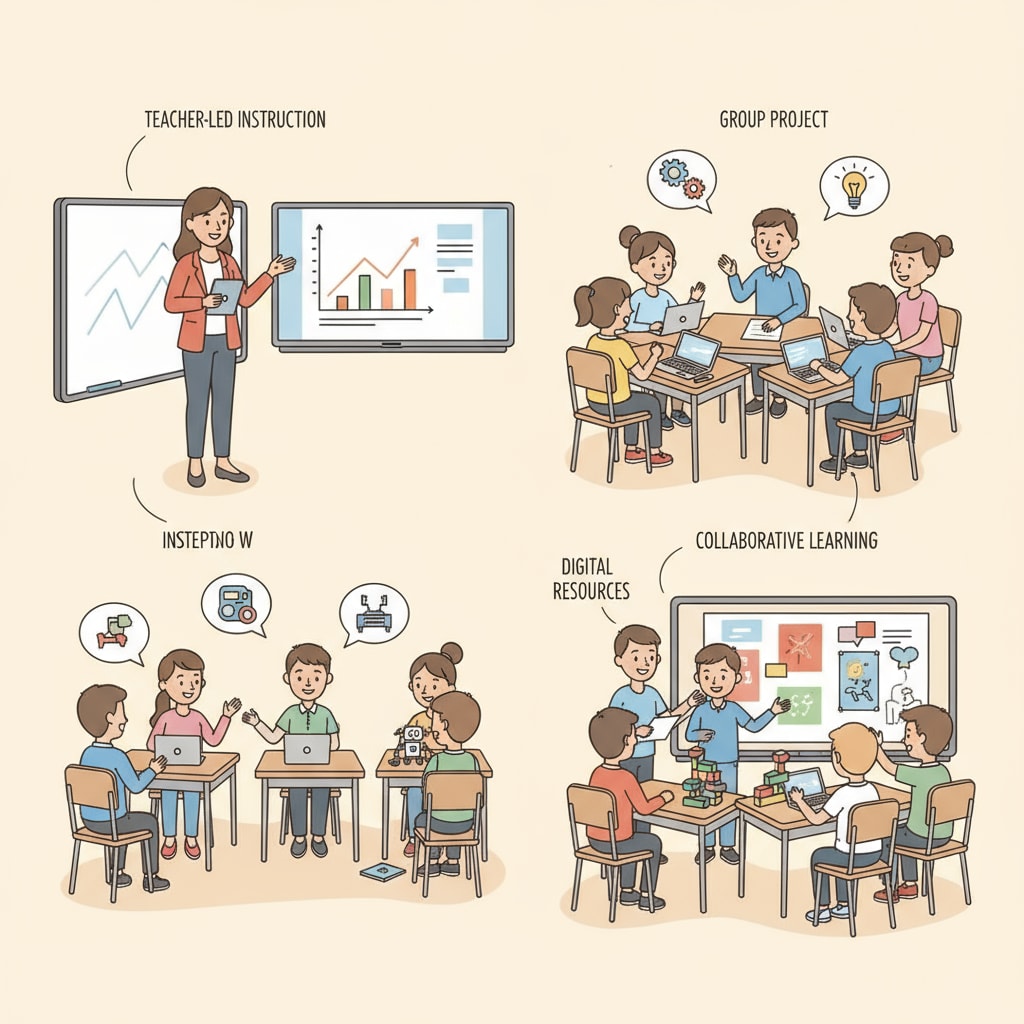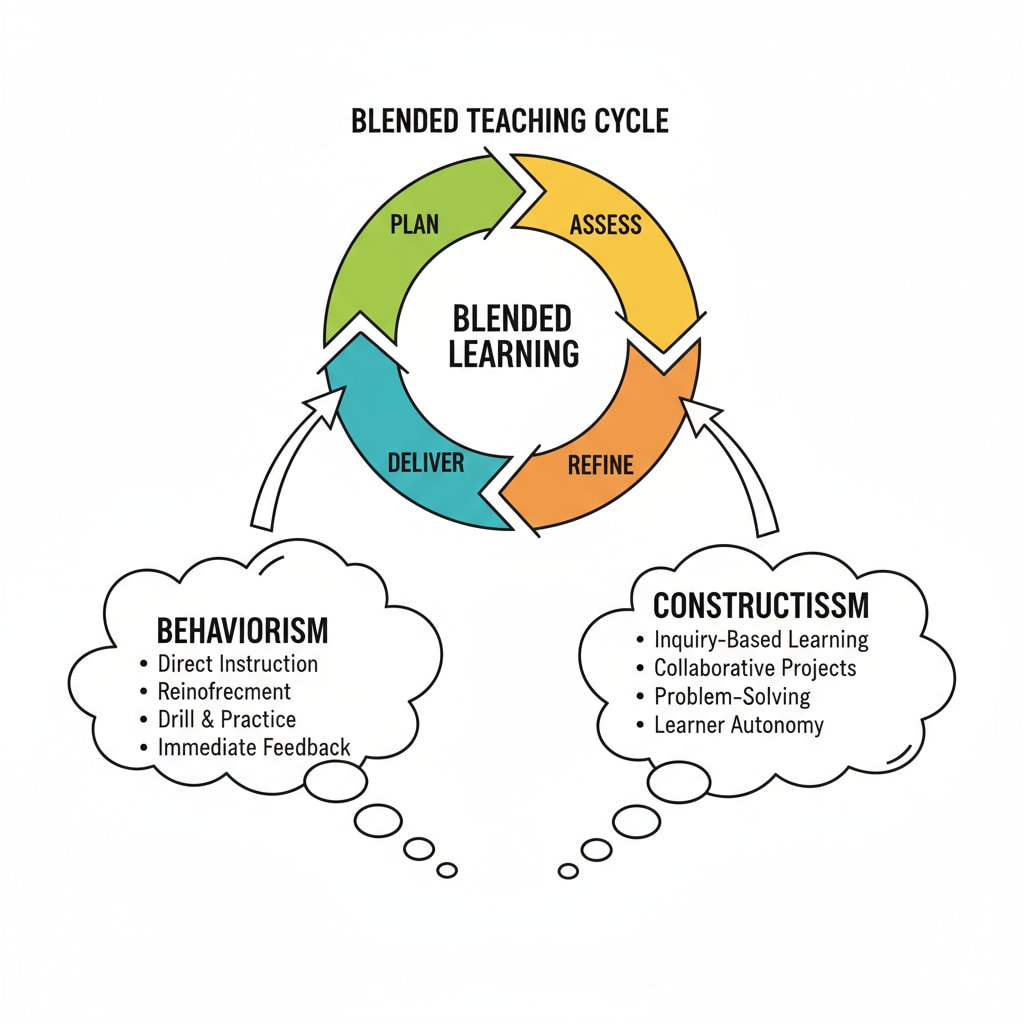The Blended Teaching Cycle, integrating delivery teaching and facilitated learning, has emerged as a powerful approach in modern education. This innovative concept aims to balance traditional teacher-centered instruction with student-driven exploration. By combining these two teaching models, educators can create a more dynamic and engaging learning environment.

Theoretical Foundations of the Blended Teaching Cycle
The Blended Teaching Cycle is built on several educational theories. Behaviorist theories, for example, support the delivery teaching aspect, emphasizing the role of teachers in transmitting knowledge through structured lessons. On the other hand, constructivist theories underpin the facilitated learning part, suggesting that students construct their knowledge through active engagement. By integrating these theories, the Blended Teaching Cycle provides a comprehensive framework for effective teaching. For instance, in a science class, teachers can start with a lecture (delivery teaching) to introduce key concepts, and then have students conduct experiments (facilitated learning) to deepen their understanding. Educational psychology on Wikipedia

Implementation Steps of the Blended Teaching Cycle
The implementation of the Blended Teaching Cycle involves several key steps. First, educators need to carefully plan the delivery teaching phase, ensuring that the content is well-organized and presented in a clear manner. Next, they should design activities for the facilitated learning phase, such as group discussions or project-based learning. During this process, teachers need to monitor students’ progress and provide timely feedback. For example, in a language arts class, teachers can give a grammar lesson first and then assign students to write stories in groups, where they can apply the learned grammar. Teaching methods on Britannica
The Blended Teaching Cycle offers significant value in educational practice. It caters to different learning styles, allowing visual learners to benefit from delivery teaching and kinesthetic learners to engage in facilitated learning activities. Moreover, it enhances students’ critical thinking and problem-solving skills as they are actively involved in constructing their knowledge. In conclusion, the Blended Teaching Cycle, with its integration of delivery teaching and facilitated learning, is a valuable tool for K12 educators, enabling them to create more effective and engaging learning experiences.
Readability guidance: Use short paragraphs and lists to summarize key points. Provide a list under each H2 whenever possible. Control the proportion of passive voice and long sentences. Incorporate transition words (however, therefore, in addition, for example, as a result, etc.) throughout the text.


